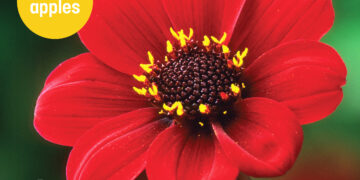January 1 – January 7: Tidying Up Your Flower Borders
- Remove plant debris to the compost heap or leave it lying on the soil surface around the plants
- This approach reduces effort, feeds the plants, keeps down weeds, increases moisture retention, and provides hiding places for beneficial insects
- Stems that are still good can be left longer for their decorative value
January 8 – January 14: Seed Sowing and Plant Maintenance
- Sow seeds for bedding plants in a heated propagator for a greater range of flower varieties
- Lift, divide, and replant herbaceous perennials outdoors during good weather
- Check stored dahlias or gladiolus for drying out or greenfly attacks; if necessary, soak in tepid water and control greenflies
- Monitor slug damage on over-wintered sweet pea plants in greenhouses or tunnels
January 15 – January 21: Preparing for Spring Growth
- Lift and divide border flowers if plants have become straggly or over-grown, but only when the ground is dry
- Start bedding flowers indoors in a heated propagator, though it is still too early for most easy kinds, such as French marigolds and dahlias
January 22 – January 28: Welcoming the First Spring Bulbs
- Snowdrops, crocuses, and daffodils are beginning to appear
- Lift and divide border flowers if necessary, but avoid working in sticky or waterlogged soil
- Sow seeds of geraniums, lobelia, busy lizzie, and bedding begonias in a heated propagator; still too early for dahlias and French marigolds
January 29 – February 4: Planting New Perennials and Starting Tubers
- Tidy away old flower stems or use them as mulch on the soil surface
- Lift and divide over-grown herbaceous flowers when the soil is dry enough
- Plant new perennial flowers
- Sow seeds of geraniums, lobelia, busy lizzie, and bedding begonias in a heated propagator
- Begin starting tubers of dahlias, begonias, and gloxinias in a greenhouse or on a windowsill indoors by setting them lightly onto moist compost in a seed tray or small pot











